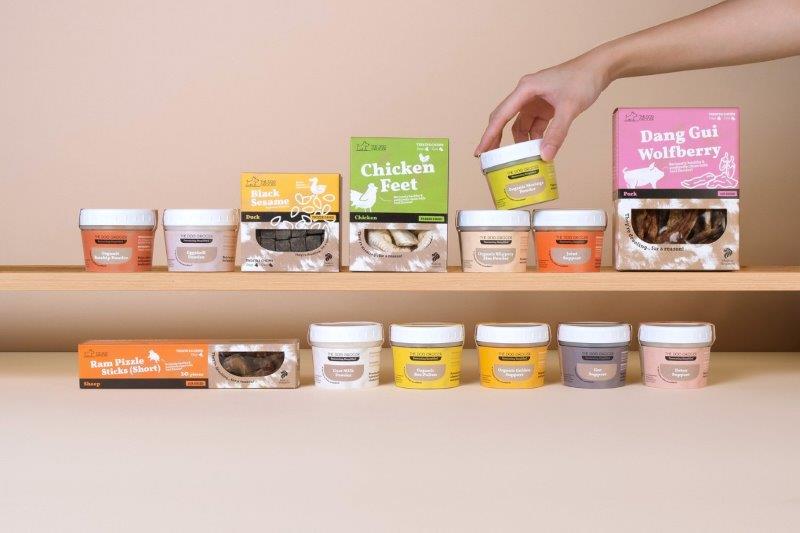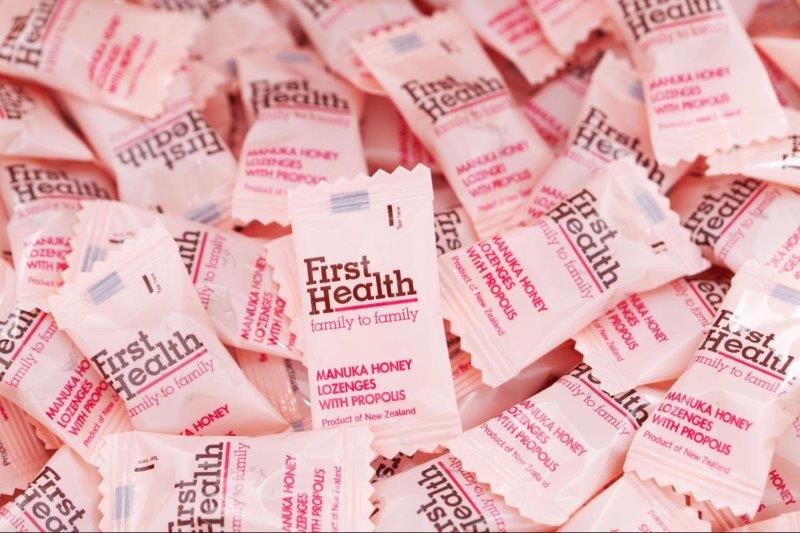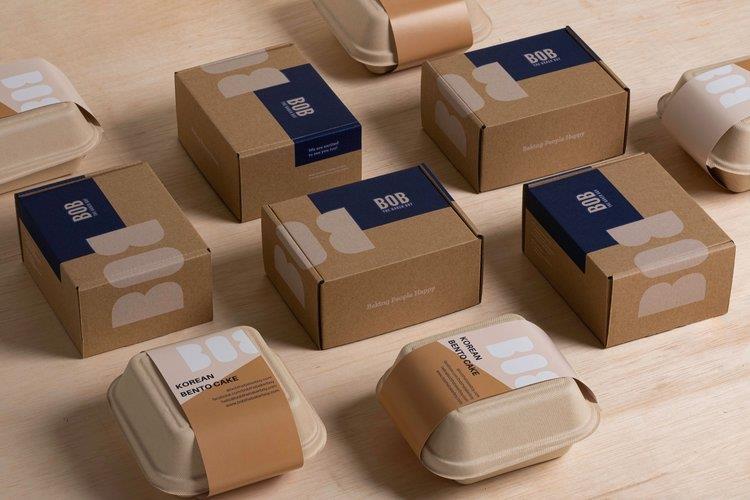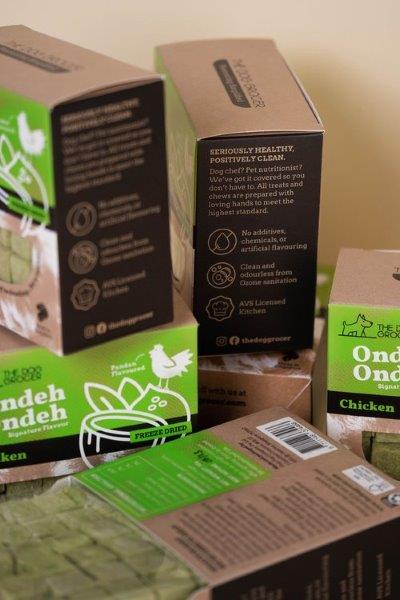As superficial as it seems, many consumers make purchasing decisions based on the look of the packaging. Having appealing visual packaging is part of the buying experience, and good food packaging carries the ability to shape our food culture.
Here’s our take on what design elements separate good food packaging from DAM good food packaging.
Why It’s Important to Have Good Food Packaging
In a crowded marketplace, visually striking packaging could be the key reason a consumer chooses your product over your competition.
While purchases leading to increased revenue are great, there are other significant outcomes that good packaging can bring for your brand.
What’s one food packaging you can conjure up in your mind right now? Whatever that is, it is packaging that has achieved brand recall. Your brand stays in the minds of consumers because of the packaging, which is what any brand wants.
The longer your packaging sticks with a consumer, the stronger your brand image and presence will be. By extension, your brand will become known as THE brand for that particular food product. This is called brand association.
From a branding perspective, good packaging should produce long-term benefits for your brand instead of only temporary clout and revenue.
A Brand Identity That’s Conveyed
The first indicator of good food packaging is a strong and clear brand identity. Without an identity, there is no personality towards which to direct your packaging design.
Think of what your brand stands for. Name its mission, vision, values, and unique selling points. Take time to learn more about your target audience and competitors too.
Once you have these basics down, work with a reputable branding expert or agency to develop your brand identity, packaging included. Partnering with a branding agency ensures consistency throughout all online and offline brand collaterals, which builds presence and recall, setting your brand apart from your competitors.

Design Details That Catch Your Eye
How does food packaging clearly illustrate brand identity? Here are some factors a branding agency carefully considers when designing packaging.
Colours and Shapes
Incorporating brand colours into your packaging is one way to stand out and show your brand identity. The colours should reflect the emotion or personality associated with the brand. For instance, organic food brands favour brown shades, and baby foods are often brightly coloured to associate the product with a cheerful baby.
For brands with many product SKUs (stock-keeping units), consider colour systems so a consumer does not get overwhelmed and confused by the number of products to choose from.
Include shapes and other graphic elements sparingly; too much could make your packaging look cluttered, unattractive, and confusing.

Font and Text
Similarly, incorporate your brand typeface to reinforce your brand identity. The target audience influences the typeface – a premium food product might use a serif font for a refined touch, while a children’s jelly product could have big, bubbly letters to replicate the experience of eating sweet and juicy jelly.
Ensure that the typeface is legible, even from a distance. Consider the size and placement of the copy. Script fonts are generally advised against because cursive fonts are not inclusive to all consumers.
Brand Logo
Stamping the brand logo on the packaging is necessary, but its placement and size can vary.
Let the dimensions of your packaging inform your choice of logotype, size, and placement. Is there room for your primary logo? Is it blown up and taking the majority of the space on the packaging? Consider the use of a secondary logo or emblem instead. As a rule, always leave 10% of the logo’s width around it (negative breathing space).
Cultural Relevance
Consider your Singaporean audience and pick out any unique consumer habits that work with your packaging to draw attention and create relevance.
For instance, incorporate an image of a local climbing spot on the packaging of a protein bar to associate eating a protein bar with climbing.
Leveraging On Your Unique Selling Point
In a saturated market, your packaging should present information clearly and concisely. It should also emphasise any unique feature that places your product above the competition.
For example, nutritional benefits should be clear on the packaging, such as ‘Sugar-Free,’ ‘Packed with 15g of Protein,’ or ‘Ready in 3 Minutes.’
A product USP that stands out is a more desirable product to Singaporeans.

User-Friendliness
Convenience is everything, especially in fast-paced Singapore. People are often on the go, so having a portable packaging design is ideal.
Packaging should not become a present issue within a consumer’s living habits. Packaging forms that are simple and convenient will save time and be preferred.
Many consumers are also turning to resealable or reusable packaging to reduce waste. According to Singapore’s Toward Zero Waste initiative:
“…We found that people…agreed that it was important to make the 3Rs [Reduce, Reuse, Recycle] a norm in Singapore.”
“… Convenience was a key factor in nudging people to put these principles into practice.”
“… More education was needed to raise awareness on waste issues, …called on businesses to promote sustainable consumption.”
Resealable packaging is essential for highly perishable foods such as fruits, vegetables, or loose snacks like potato chips that spill easily. Having a seal helps keep their food fresher longer, reducing food waste.
Not to forget, good food packaging should also be sturdy and protective!

Environmental-Friendliness
Sustainable packaging can be a plus point as more and more consumers expect and follow brands that hold themselves accountable for their environmental footprint.
Consider packaging that is biodegradable or recyclable. Also, consider the guidelines and regulations in Singapore regarding sustainable packaging. Prioritising these regulations help maintain your brand’s strong commitment to environmental sustainability.
Conclusion
By considering and incorporating these factors into your food packaging design, you will enhance the overall customer experience and build a strong reputation for your brand among Singaporean consumers.
